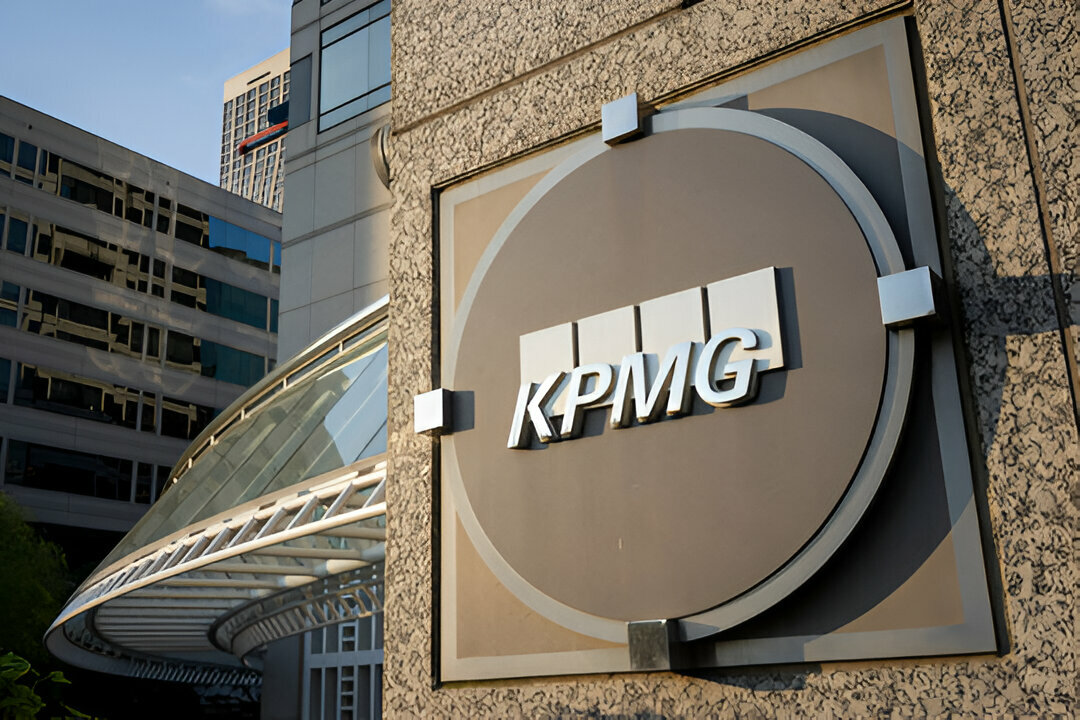From the May 2013 issue.
When people ask what I enjoy doing, I usually mention three technologies: 1) infrastructure including networking and cloud, 2)accounting software, and 3) document management. Because I have been drawn into so many CPA firms and industry businesses for consulting and document management projects, I’m fortunate to bring some real world implementation advice to you.
At the risk of insulting your firm, it is rare to see a document management project implemented correctly. Further, I don’t believe a document management project is ever complete. Let me explain why.
Paperless systems, or the more formal name of document management, brings business management capabilities to your firm. Document management software continues to get more sophisticated while getting easier to use. The capabilities of the modern systems and the way firms have creatively implemented document management leads me to call the current properly done implementations “Paperless 3.0”.
Unfortunately many of your implementations are “Paperless 0.5” because you didn’t really get your system implemented correctly initially. You may have even taken a step backwards from using your paper based system. One key goal of paperless is to increase efficiency, and as a result, drive down costs.
The Capabilities of Document Management Systems
Professionals in document management, or the more sophisticated Enterprise Content Management, have a number of goals to achieve or capabilities they can choose to deploy. Reflect on your need for paperless documents, and see which of the following capabilities might help your firm and you.
- Automatic Document Naming – the ability for the system to recognize the source and type of document, and make an attempt to name the document according to firm standards. Many systems will have automatic folder creation capabilities if the system is folder oriented.
- Records Retention and Disposal – the ability to set firm policies for documents establishing retention periods when a document is created. Systems should make an allowance for litigation hold, and review before final disposal along with destruction of any backup or archive versions of the documents.
- Portals – the ability to publish one or more documents through a web site to allow secure client access. Making documents available in a portal should require minimal effort and be a natural part of the document creation process.
- Workflow – the ability to move work through a series of pre-defined steps. Workflow systems organize and control procedures, and can inform management of the status of work in progress. Workflows can support assignment of work to team members, work load balancing and scheduling as well as different processes for tax, audit, bookkeeping and other key functions.
- Optical Character Recognition – the ability to have a paperless document searched for words or text within a document. Documents that have been OCR’d are frequently larger, but much more useful because they can be searched for content.
- Access from any device, anytime, anywhere – the ability to get to a document through a locally installed piece of software, often called a thick client in this context, via a web browser or on a tablet is key to making documents available to more of the right people at the right place and the right time.
- Security – the ability to allow and prevent who sees what content. Consider Human Resource records, partner tax returns or firm accounting records. How about high net wealth clients? Should everyone in the firm be able to look at any documents they want? Should everyone see everything? Generally not.
- Redaction – the ability to block out confidential or secure information with a permanent, non-removable block to hide identifying information like a social security number.
- Integration into other systems – the ability to have your documents used effectively inside your tax or audit software, accounting software like QuickBooks or other key operational systems.
- Collaboration – the ability to have documents in a shared or common structure where one or more user can simultaneously update a document.
- Storage of all document types including PDF, Word and Excel – the ability to store any document type allows all documents to be managed in your document management system. This management ability means that you can apply records retention policies, and in many cases eliminate the need for file servers for documents.
- Version control – the ability to preserve one or more copy of a document and the ability to ignore, roll back or revert changes. This is particularly helpful in Excel modeling that has gone awry.
- Integration into email systems such as Microsoft Outlook – the ability to have filing or sending capability from inside your email system can be convenient. A couple of cautions here is that you may want to train team members and clients to use your portal and/or you may have a need for email encryption. Just because it is easy, doesn’t make it right.
- Specialty features –the ability to perform a specific task electronically. For example:
- 1040 Workpaper support
- Automated bill payment
- Expense reporting
- Tax notice handling
- Tax appeals
This list is not intended be comprehensive, but merely reflective of features available in products that are in the market today. Publishers like AccountantsWorld with CyberCabinet and Web Site Relief, CCH with Document, Portal, Workstream and Scan, Thomson with GoFileRoom, FirmFlow, FileCabinet CS, and NetClient CS, Doc.It, Office Tools Professional, ShareFile, SmartVault and XCM all have offerings that offer many of the capabilities above.
But That’s Not All!
To implement a document management system correctly, you have to define your needs, establish a retention policy, acquire a product, create an implementation plan, convert existing documents as needed and provide user training. However, the steps just named are the simplest of the approaches. Products, processes and regulatory requirements change every year.
Users learn shortcuts and tricks that need to be taught to other users. We believe it is mandatory to do an annual review of your document management system, just like you might do a tax department post-mortem, including a confirmation that your records retention and destruction policy is being followed. You need to review how the document management system is being used, refine the processes, and instruct your users on the new processes.
Don’t be afraid to contract with your software publishers, consultants or visit other users of the product to get new ideas. If you follow this advice, you may get to “Paperless 4.0” first.
Thanks for reading CPA Practice Advisor!
Subscribe Already registered? Log In
Need more information? Read the FAQs
Tags: Firm Management, Technology



